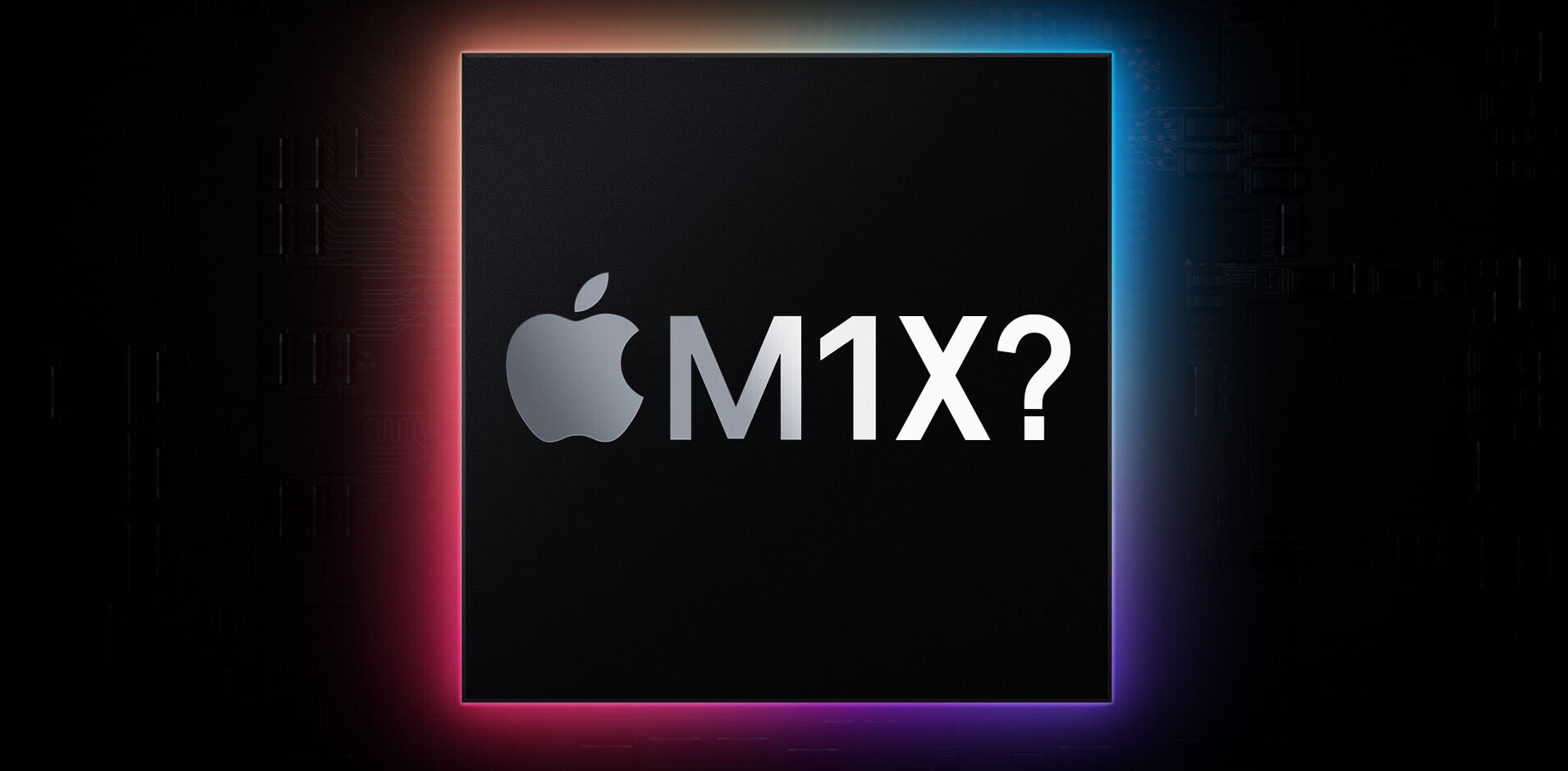
There’s absolutely no doubt that the rise and popularity of online video sharing is changing the way brands and individuals market, advertise and sell. If your company hasn’t already jumped into the fray with a video (or 10), you’re missing out on a massive market. If you’ve scripted, created, edited, and uploaded, it’s fairly shortsighted to “YouTube it” and forget it, as there are a number of other video hosting options available.
Believe it or not, YouTube is not the be all/end all when it comes to online video sharing. Sure, they have the world’s largest share of the market, and should be included in your upload and sharing strategy, but by jumping into the biggest pool on the planet, you’re also running the risk of being swallowed up in all the noise. Last year this time, we gave you 6 Awesome Alternatives to YouTube and now we’re giving you 5 more YouTube-alternative video sharing sites that you and your brand might want to consider.
Vimeo
![]() An active and vibrant community, Vimeo’s smooth-as-silk interface just feels a bit more user friendly than the cold sterility we’ve come to expect from Google products. A platform pulling down some serious traffic, as Vimeo has grown they’ve still managed to retain that “we’re all in this together” community feeling. I’ve personally had far more interactions with viewers and converted clients on Vimeo than I’ve ever had on YouTube.
An active and vibrant community, Vimeo’s smooth-as-silk interface just feels a bit more user friendly than the cold sterility we’ve come to expect from Google products. A platform pulling down some serious traffic, as Vimeo has grown they’ve still managed to retain that “we’re all in this together” community feeling. I’ve personally had far more interactions with viewers and converted clients on Vimeo than I’ve ever had on YouTube.
Vimeo’s free account allows users to upload one HD video a week, more than most individuals will ever have a need (or budget) for, and you receive basic controls when it comes to the video player. Embedding options are limited to SD, but if you step things up to the Plus account for $59.99/yr. you’re granted a 5GB/week file size limit, priority uploading and processing, and HD embedding.
If you’re planning on using Vimeo as your main hosting platform of choice for your business, they’re pretty clear when it comes to the “non-commercial use” language for free accounts. On the upside, for a low $199/yr., the Vimeo Pro service offers just about every option under the sun, and you’ll never have to worry about tablet compatibility as all flavors of Vimeo are offered in HTML5 format with Flash as a fallback.
Flickr
 Flickr. It’s not just for still images. A seriously under represented offering from Flickr’s side, as there’s no mention of the service anywhere on the main landing page, Flickr does, in fact, offer and provide video hosting.
Flickr. It’s not just for still images. A seriously under represented offering from Flickr’s side, as there’s no mention of the service anywhere on the main landing page, Flickr does, in fact, offer and provide video hosting.
A free Flickr account allows for 2 uploads a months with restrictions of 90 seconds max, and 150MB per video. Probably enough for most small businesses, but if you want to go for the HD experience, you’ll need to step it up to a Flickr Pro account.
Perhaps the best bang-for-your-video/photo-buck on the Internet today, for as low as $25/year, if you make Flickr your video hosting platform of choice, you’ll be privy to not only an unlimited number of photos, but an unlimited number of video uploads, bandwidth, and storage. The downside? Even with the pro account Flickr limits your video length to 90 seconds. Having said that, unless you’re producing a full length feature, you shouldn’t really be stretching your message beyond this point anyway.
Slideshare
 Another, “Really? They do video?”, but believe it or not, when you step your Slideshare membership up to the Silver level at $19/month, you’re allowed up to 10 video uploads/month.
Another, “Really? They do video?”, but believe it or not, when you step your Slideshare membership up to the Silver level at $19/month, you’re allowed up to 10 video uploads/month.
In exchange for this monthly fee, you’ve got 10, 500MB videos per month to play with, with no runtime limits. If you’ve ever output an .mp4, you’ll realize that a 500MB file size and no time limit is huge! If you want to, these lack of restrictions can enable entire webinars, courses, sales programs, etc. to be uploaded and presented on a very “business focused” platform.
Slideshare also offers a unique lead capture mechanism, as well as a fully suite of branding tools. The one major oversight that I could find with using Slideshare as your video hosting platform is the “HD support coming soon!” message. Not quite an epic fail, but in today’s world of 4k looming just around the corner, lack of HD is a bit of deal breaker.
Screencast by TechSmith
![]() Not great with a camera, or scripting, or acting? No problem. There’s no one out there saying that you’ve got to pull off the next Spielberg title to produce a powerful message and reap the rewards. Sometimes, nothing more than a well-explained and demonstrated screen cast of your app or service is all it takes.
Not great with a camera, or scripting, or acting? No problem. There’s no one out there saying that you’ve got to pull off the next Spielberg title to produce a powerful message and reap the rewards. Sometimes, nothing more than a well-explained and demonstrated screen cast of your app or service is all it takes.
There are a number of solutions on there today that can help you produce screencasts, but I’ve yet to come across one simpler than TechSmith’s Camtasia. A relatively inexpensive initial investment, Camtasia offers users a number of powerful tools, and when used in conjunction with Screencast.com Pro account makes for an excellent “soup to nuts” solution for creating and publishing your works. A $99/year pro account offers 25GB of storage, 200GB of bandwidth, and customizable branding options. If file size is your concern, rest assured, most screencasts are minuscule in terms of MB’s, and 25GB of storage and 200GB of bandwidth is more than enough.
Animoto
 Hands down, the best service for those that have yet to create any online video. Instead of simply providing a platform to host your video, Animoto takes things to the next level and offers users a suite of creation tools that produce some stunning results.
Hands down, the best service for those that have yet to create any online video. Instead of simply providing a platform to host your video, Animoto takes things to the next level and offers users a suite of creation tools that produce some stunning results.
The premise circles around uploading a series of images, selecting a theme from a number of presets, and letting Animoto do the heavily lifting for you. I’ll admit, what took me 20 minutes to create in Animoto might have well taken a few hours to animate, find music for, title, etc.
However, Animoto’s services aren’t specifically limited to creating videos from your photos, as video and audio uploads/inclusion are also available. The free service limits your videos to 30 seconds, offers an “available HD upgrade”, and 600+music tracks. Stepping things up to $30/yr. you can create feature length videos, as well as download your creations to be used offline.
Going for the big package, at $249, pricier than Vimeo’s top shelf option, Animoto Pro offers just about everything you could imagine including full length feature videos, exclusive themes to choose from, and additional 500 music tracks (1,100+ in total), included HD options, download ability, and the key feature: a white label option allowing for customized branding, both on and off site.
Obviously, there are a many, many more video hosting options on the market today, and these five are just scratching the service. Another important point to keep in mind is the geolocale of your audience. If you’re working with a Japanese language specialist and filmmaker to present to this audience, maybe YouTube isn’t your best option.
Likewise, when investigating alternative video sharing sites, be sure to take the temperature of the community. For example, Blip.tv almost made my list, as they offer a number of awesome options, but I felt as though the platform is more focused on hosting web series. If that’s the route you choose to go, then by all means, go have a look.
Remember, if and when you’re going to put the effort into producing video to promote your message (or self) look beyond the biggest fish in the pond, as some of these smaller, more intimate communities and platforms might be the perfect launch pad for your message. Happy shooting!
Get the TNW newsletter
Get the most important tech news in your inbox each week.





